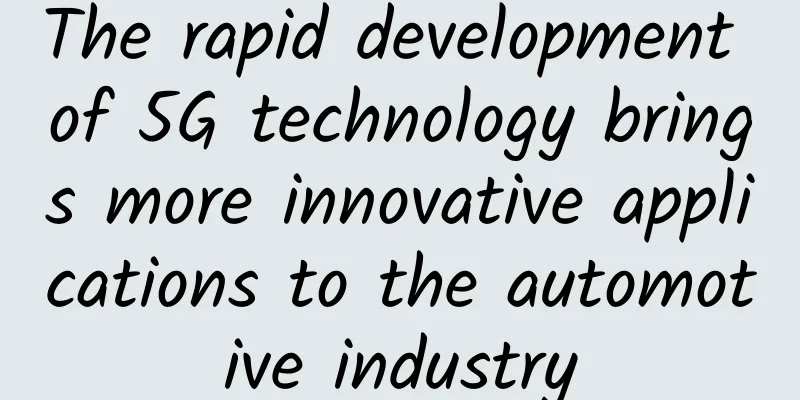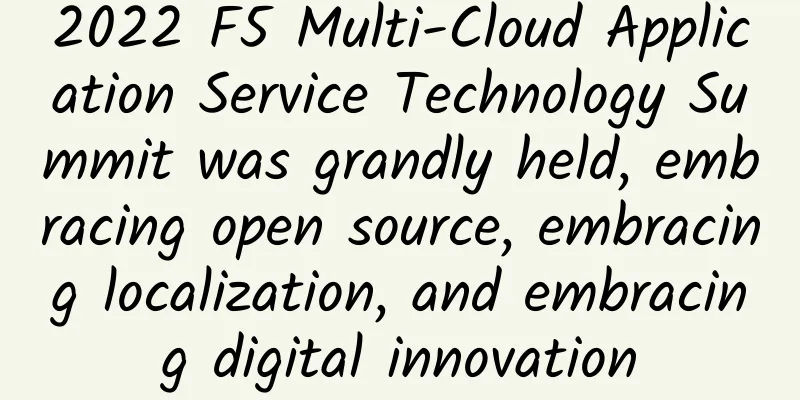The rapid development of 5G technology brings more innovative applications to the automotive industry

|
Industry experts point out that in order to meet the challenges of commercialization and bring 5G experience to the automotive industry in a unified way, investors and industry manufacturers must make wise investments and commit to building strong cross-industry partnerships. Whether driving on a mountain road or speeding down the highway, today’s network connections require extreme accuracy and speed. From in-car navigation devices to dashcams, the information sent to drivers and passengers must be seamless and virtually flawless. This rapidly growing demand has put 5G wireless data at the forefront of automotive technology innovation. Self-driving cars may be just the tip of the iceberg. Industry pioneers are using low-latency, high-speed transmission technology to promote new connected car concepts that may help shape the structure of cities, the way businesses operate, and the way people live their daily lives. It all starts with smarter cars to achieve a safer and easier future, which is a major goal of the automotive industry. According to data released by research firm McKinsey, the automotive industry's revenue is expected to grow by 30% in the next eight years and its size will exceed $5 trillion. With the latest 5G services and edge computing technologies, many technology companies and automakers are testing new connected car concepts to meet the needs of today's drivers. Their common goal is to develop a modern car that can act as a personalized smartphone, an artificial assistant, a real-time traffic and weather forecaster, and can safely transmit data in emergency situations. Automotive Technology Innovation in Smart Cities Without innovation in automotive technology, smart city planning may come to a standstill. There are currently hundreds of smart city projects around the world, and according to estimates by the World Bank, there may be as many as 2 billion cars on the road by 2050. Smart cities need to create more coordinated traffic systems to avoid road congestion, which requires complex data systems that rely on various sensors installed on roads and vehicles. One of the biggest innovations right now is vehicle-to-everything (V2X) technology, which enables direct communication between vehicles and their surroundings, including other vehicles. V2X and “vehicle-to-everything” (often referred to as the “Internet of Things on the road”) were initially introduced in the United States, Europe, and Japan, and standardized in 2010. More recently, V2X technology has evolved to include highly coordinated software that can detect and interact with everything from road signs to potholes and severely damaged pavement through the vehicle’s touchscreen. Sensors powered by 5G transmissions can now be embedded in multiple parts of a car to ensure safe and seamless navigation while ensuring privacy for owners and drivers. For example, multi-edge computing software platforms like MECWAVE leverage ultra-low latency signals to accelerate deployment and expansion on V2X5 and non-V2X vehicles and devices, including bikes, scooters, smartphones and smart glasses. MEC WAVE is complemented by two additional solutions: HARMAN Savari StreetWAVE and Savari MobiWAVE, which can be used together or separately to enhance vehicle communications. Leading the future development Another major advance in this work is in-vehicle mapping, which allows navigation systems to accurately identify specific locations and events in a short period of time without interference. In-vehicle GPS navigation systems are constantly evolving, and the rapid development of V2X will further advance detailed mapping of drivers, passengers, and pedestrians. Through 5G networks and edge computing, road traffic, weather, and other services centralized in the cloud will provide drivers with smarter and smoother traffic services. The National Highway Traffic Safety Administration claims that these technologies can greatly improve the accuracy and effectiveness of today's car features. Mobile applications have topped the list of almost all technological innovations in recent years, and 5G's low latency and high throughput, as well as its reliability, unlock endless potential for the future development of the automotive industry. From in-car displays and cameras to tailored entertainment and news, every basic function is becoming more mature and constantly improving. In-car displays will provide richer experiences that can be enhanced with 3D maps, high-definition video and cloud-based streaming, while optimized data transmission speeds will save time and money for automakers and drivers. Of course, the future of the automotive world will be about giving drivers and pedestrians greater control. Such a mission requires responsive and reliable data delivered by trusted providers and secure platforms that can be used even in remote areas. 5G offers increased reliability, which is crucial in such scenarios, making it a key factor in critical automotive decisions. Mobile, Networking and Security According to Ericsson's mobile market report released recently, with the steady increase in network speed, the number of global 5G users has soared in recent years from less than 200 million in 2019 to more than 650 million at the end of last year. In 2021, North America has been leading with a 5G penetration rate of nearly 30%. Globally, the number of commercial and consumer 5G users is expected to exceed 1 billion by the end of this year. The global market for automotive technology leveraging 5G is similarly expected to grow steadily as drivers and pedestrians require almost instant notification of car accidents and other traffic hazards, road construction and extreme weather conditions in today’s world. The 5G Automotive Association and its eight global members recently partnered with local public groups in Virginia, USA, to test this concept in a field trial in Blacksburg. Using 5G signals and multi-access edge computing, high-speed computers connect with car sensors and smartphones, as well as provide real-time data through user-authorized applications. For example, if there is a potential hazard nearby, all connected devices will receive a warning message. Advances in these technologies are key to reducing traffic accidents, which are increasing at a record pace, with approximately 6 million car accidents occurring each year in the U.S. Instead of simply detecting their surroundings, 5G-enabled cars, trucks and other vehicles can now communicate with them on the spot to help reduce collisions and ensure safer transportation. Given the transition to electric and autonomous vehicles, connected cars will increasingly receive remote software and firmware updates to help keep their internal technology up to date. Over time, the continued expansion of 5G will allow for larger volumes of data to be sent to vehicles at faster speeds. Likewise, passengers will be able to stream data, chat and upload content at faster speeds, creating a more immersive experience, and as more employees return to the office and commute times increase, passengers will likely participate in video conferences on board. |
<<: Economic uncertainty increases cybersecurity risks
>>: Wi-Fi 6 and cellular networks are powering a hyperconnected future
Recommend
What is the difference between a wireless AP and a wireless router? Why is a wireless AP more expensive than a wireless router?
When many friends are doing network coverage, the...
OLED Pearl Screen + Screen Fingerprint Unlock Huawei Enjoy 10S: Redefining the Standard of 1,000 Yuan Phones
In most people's impressions, when talking ab...
[11.11] ZJI Double 11 additional Hong Kong Alibaba models 55% off monthly payment starting from 412 yuan
Late last month, we shared the news that ZJI star...
Taiyixingchen: Breaking through bottlenecks allows security companies to focus on network security
[51CTO.com original article] Recently, Beijing Ta...
Preliminary study of the network communication module in node
At present, we are in the Internet era, and Inter...
5G is here, and these threats are lurking...
5G is coming, and it will be possible to experien...
Omdia: In the third quarter of 2020, 109 commercial 5G networks were launched worldwide
On October 28, according to the latest 5G service...
McKinsey: These ten trends are enough to subvert the existing IT infrastructure
When it comes to hardware and IT infrastructure, ...
On the eve of 5G’s arrival: the game between operators’ capital expenditure and investment returns?
In recent years, while operators' revenues ha...
10 things to know about LoRaWAN and NB-IoT
The Internet of Things has a variety of connectio...
Explore F5G industry scenario application practices and promote the digital transformation of enterprises into a new journey
More and more industry cases tell us that F5G (fi...
How the global 5G network will reshape future defense strategies
Explore the impact of global 5G networks on futur...
Discussion on interactive control technology of device platform based on gateway
Author: Zhu Rongliang, Unit: China Mobile Smart H...
In which industries can blockchain be applied?
In recent years, blockchain technology has become...
How do operators grasp the pulse of the cloud computing market in the 5G era?
On June 6, 2019, the Ministry of Industry and Inf...









